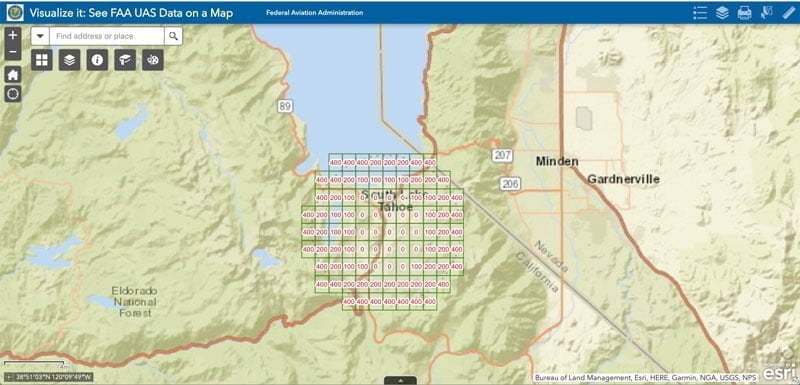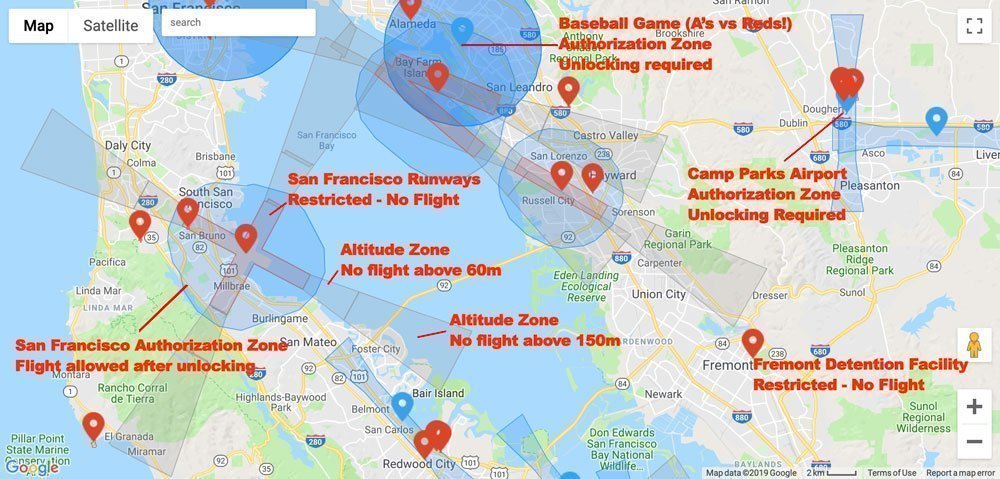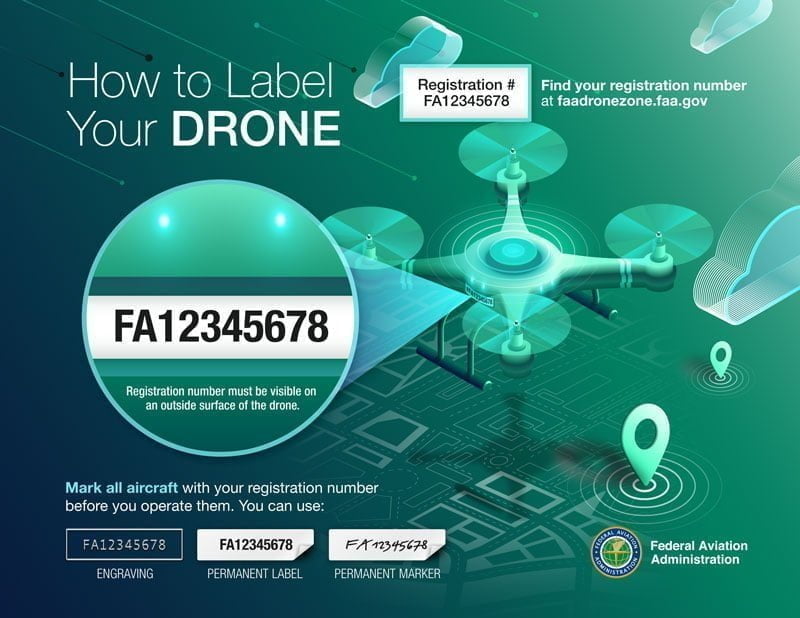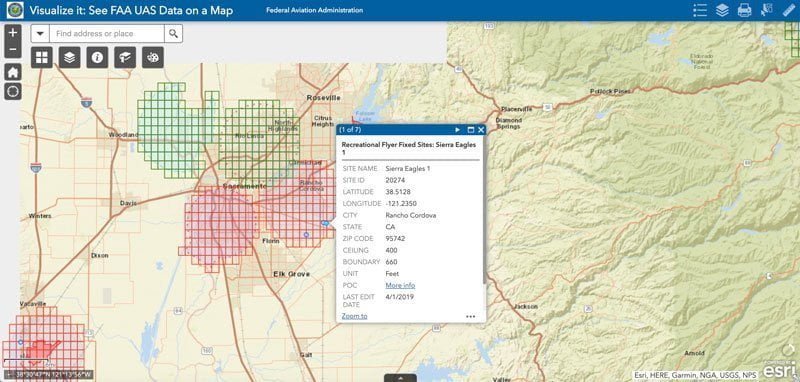Disclosure: This post may contain affiliate links. I earn a small commission of product sales to keep this website going.
Changes to the FAA’s recreational drone laws
The FAA Reauthorization Act of 2018, passed in October of 2018, included some major changes to drone rules and regulations. Not all of these new drone laws were to be enacted immediately. But the FAA did announce significant changes to recreational drone laws starting May 17th, 2019.
Here’s a summary of the new recreational drone laws contained in the FAA’s reauthorization bill and enacted in May 2019.
Recreational drone pilots cannot fly in controlled airspace
UPDATE to this entire section: LAANC is now available for recreational drone pilots. Click here to learn how to get LAANC authorization for flying a drone in controlled airspace.
For now, at least, but with some exceptions. This is the change to recreational drone laws that will affect most pilots.
As of now all drone pilots, including recreational pilots, must obtain clearance before flying in airspace designated as Class B, C, D, or E.
The old rule used to be that if you were going to fly your drone within five miles of an airport, even in controlled airspace, you only needed to notify the airport that you were going to fly. No clearance required, as commercial 107 pilots had to obtain.
But the FAA’s near-instantaneous LAANC system that Part 107 pilots use to obtain clearance isn’t available to recreational pilots. Now what?
The FAA is working to quickly provide recreational pilots access to the LAANC system for fast airspace clearance. In the meantime, there are two options for recreational pilots to fly in controlled airspace:
- Obtain your Part 107 certificate and fly under Part 107
- Fly at a pre-approved fixed site
The FAA has a map of these pre-approved sites at this link. They’re the blue circles. The other circles/squares on the map are LAANC-connected airspace sectors used by Part 107 pilots to obtain clearance.
So for now: don’t fly in Class B, C, D, or E airspace. I’ll do my best to update this the minute it changes.
DJI’s GEO Zones will not keep you out of trouble on this one.


Section 336 Special Rule for Model Aircraft is gone
Did you exempt yourself from drone rules and regulations by using the Section 336 Special Rule for Model Aircraft? Yeah, this has been repealed. Now all hobby aircraft are subject to FAA regulations.
This is a controversial topic in the model aircraft community and the FAA recognizes this. They’re working to come up with standards for community flying clubs as people were familiar with before.
Which leads us to…
Fly responsibly
The FAA Reauthorization Act of 2018 now spells out the common-sense recreational drone laws:
- Stay below 400 feet
- You or an observer you’re in contact with must maintain unaided visual sight of the drone
- Don’t fly under the influence of drugs or alcohol
- Flying in restricted airspace is prohibited
- Don’t interfere with airports or manned aircraft
- Stay away from emergency operations
- Don’t fly over crowds of people
I think the purpose of putting these in the recreational drone rules and regulations is for enforcement purposes. They were previously only for Part 107 pilots. Everyone should have been following these common-sense rules before, but now you can be held under criminal and civil liability for breaking them.
You can read the source data at the FAA’s recreational flying page.
Recreational drones must be registered and marked
This is another big change to recreational drone laws that not everyone is aware of.
The new drone rules and regulations state that all drones, including recreational drones, must be registered with the FAA. You can do so at the FAA’s Drone Zone. Please note that at the time of this writing, the Drone Zone hasn’t been updated to reflect the new changes (Section 336 Special Rule for Model Aircraft doesn’t exist anymore).
In addition to registering your drone, all recreational drones must be marked with the registration number on the outside of the drone, not in the battery compartment. See the photo below for an example of how to label your drone. You must also carry the registration certificate with you.

Future changes to recreational drone laws
There are a few more big changes in the reauthorization bill that the FAA hasn’t enacted yet. The most significant is probably the upcoming test.
Drone knowledge testing for everyone
The FAA will require recreational pilots to pass an online aeronautical knowledge and safety test. You’ll get a certificate when you pass the test and it must be carried whenever you’re flying, like what Part 107 pilots have to do now.
Take a free practice Part 107 test here.
But I honestly believe that this is nothing to worry about. Everyone should be able to pass this test on the same day they start studying for it.
I think it’s more of a method for the FAA to get recreational drone pilots to acknowledge that they understand and will follow the drone rules and regulations that apply to them, in case any enforcement action needs to be taken.
Read the entire exception for recreational drone pilots at the Federal Register
I’ve always thought that it was a good idea for recreational drone pilots to get their Part 107 certificate, even if they don’t plan on flying commercially. And these new rules enforce that.

